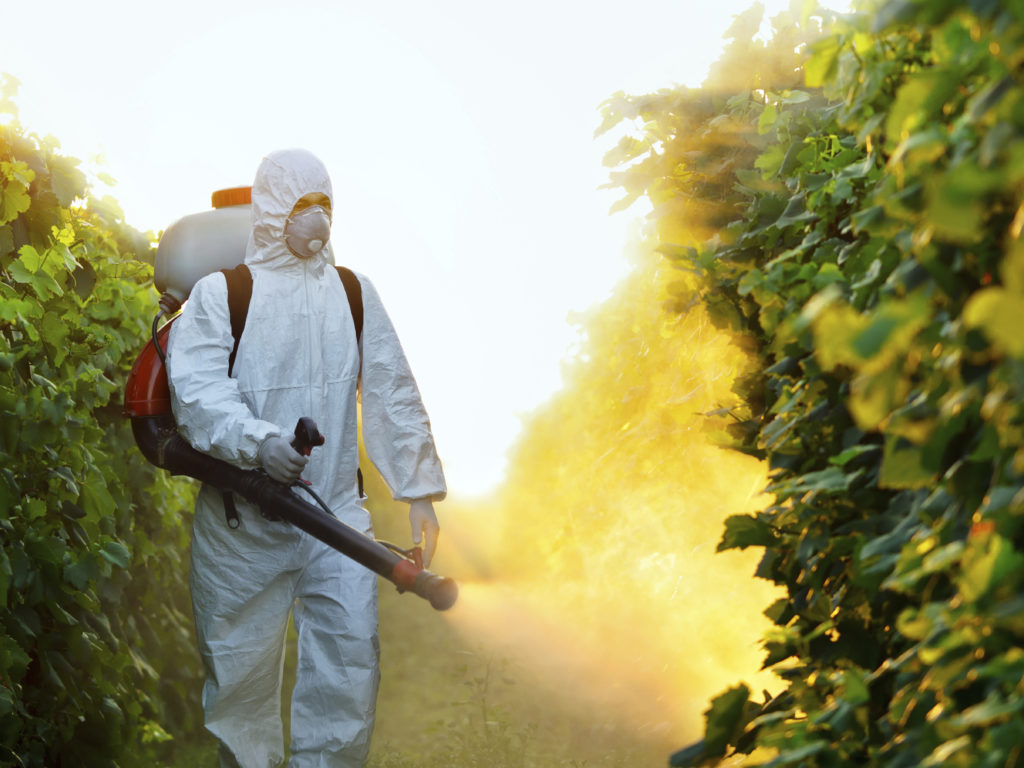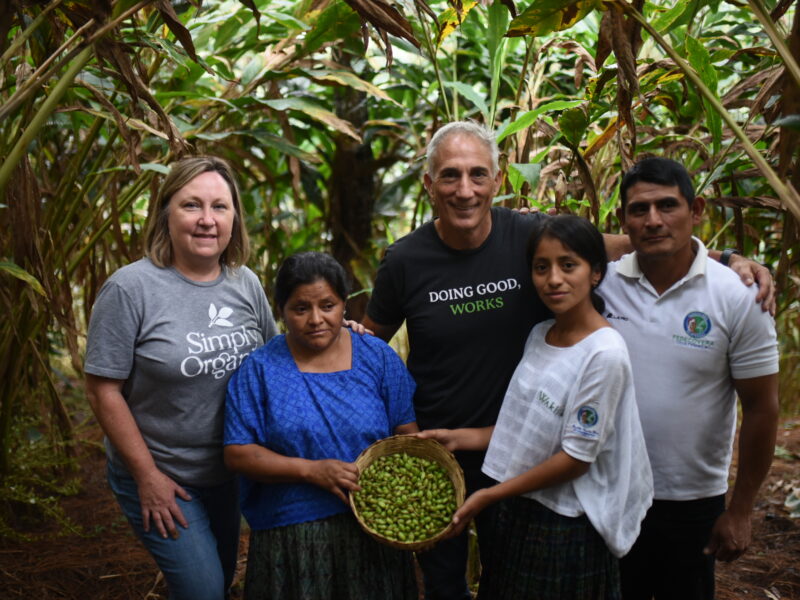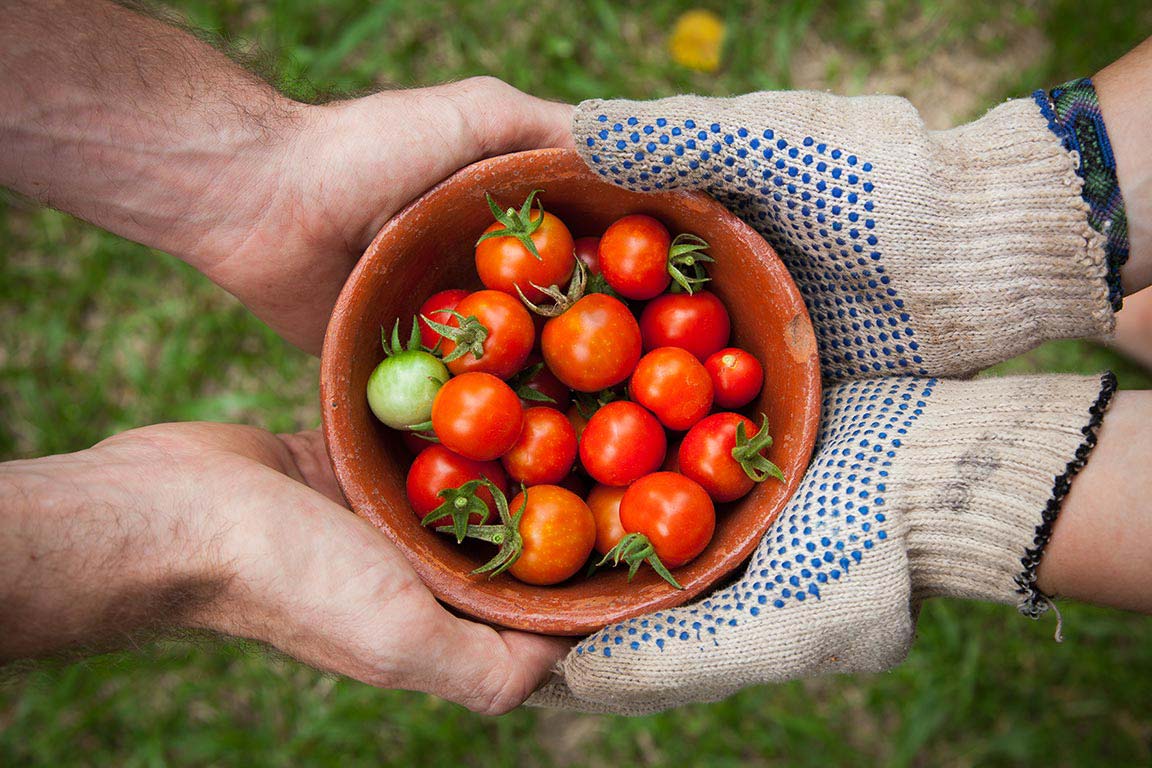Originally published in EWG’s AgMag blog by Emily Cassidy, Research Analyst.
The Food and Drug Administration plans to start testing food for traces of glyphosate, the world’s most commonly used pesticide.
I know what you’re thinking: the federal government wasn’t doing that already?!
Shockingly, no. The FDA assumed that glyphosate – the active ingredient in Monsanto’s Roundup – was a safe herbicide and wasn’t testing for it. But we now know that glyphosate is a probable human carcinogen, according to the World Health Organization. Other scientific research has indicated that exposure to glyphosate doubles a person’s risk of developing non-Hodgkin’s Lymphoma. The weed killer is linked to other health effects such as liver and kidney damage.
In recent years the use of glyphosate has exploded as industrial agriculture has adopted more genetically engineered, or “GMO,” corn and soybeans, designed to withstand the pesticide. A Monsanto scientist discovered glyphosate’s extraordinary weed-killing potential in the early 1970s; the company began marketing it as “Roundup” in 1976. Today, it is the nation’s most popular agricultural herbicide. Some 250 million pounds of it were sprayed on U.S. crops in 2014.
Continue reading here.









